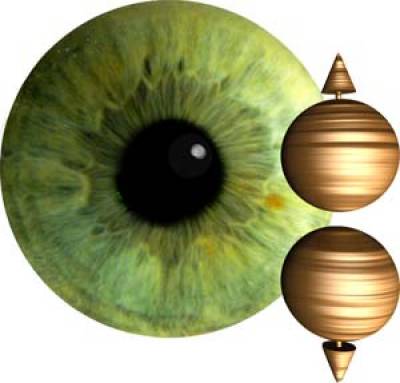Opening up the quantum three box problem
One of the most striking features of quantum mechanics is the profound effect exerted by measurements alone. Sophisticated quantum control is now available in several experimental systems, exposing discrepancies between quantum and classical mechanics whenever measurement induces disturbance of the interrogated system. In practice, such discrepancies may frequently be explained as the back-action required by quantum mechanics adding quantum noise to a classical signal. Here, we implement the "three-box" quantum game [Aharonov Y, et al. (1991) J Phys A Math Gen 24(10):2315-2328] by using state-of-the-art control and measurement of the nitrogen vacancy center in diamond. In this protocol, the back-action of quantum measurements adds no detectable disturbance to the classical description of the game. Quantum and classical mechanics then make contradictory predictions for the same experimental procedure; however, classical observers are unable to invoke measurement-induced disturbance to explain the discrepancy. We quantify the residual disturbance of our measurements and obtain data that rule out any classical model by ≳7.8 standard deviations, allowing us to exclude the property of macroscopic state definiteness from our system. Our experiment is then equivalent to the test of quantum noncontextuality that successfully addresses the measurement detectability loophole.
Opening up three quantum boxes causes classically undetectable wavefunction collapse
RE George, LM Robledo, OJE Maroney, MS Blok, H Bernien, ML Markham, DJ Twitchen, JJL Morton, GAD Briggs and R Hanson
PNAS 110 3777 (2013) Link
Ideal Leggett-Garg test applied to nuclear spins

The idea that objects can be in two places at the same time is difficult to reconcile with our intuition, and even our logic; this is especially true when one considers proposals to place larger objects into quantum superpositions. Establishing quantum coherence in the macroscopic world remains a considerable technical challenge, but if it could be demonstrated it would represent a significant conceptual advance in our understanding. It could confirm that in principle there are no reasons why macroscopic objects (such as cats, or the moon) cannot exist in paradoxical quantum states. Two ingredients are necessary for this ambitious goal. Firstly, one requires sufficient control over a quantum system to isolate it from the environment and set up the delicate quantum state. Secondly, a rigorous experimental method is needed - one which can exclude alternative theories that describe the system as being either here or there (rather than both here andthere, which is what quantum theory tells us). By using an electron spin to 'measure' the nuclear spin in a non-invasive way, it was possible to show inescapable evidence that the nuclear spin state was indeed in a superposition of both up and down at the same time. This was possible thanks to a protocol invented by Leggett and Garg, which was extended to apply to imperfect measurement procedures. Most would consider this system microscopic, and therefore not be terribly surprised by the results - but the experiment will inspire future work probing larger and more complex objects.
Violation of a Leggett-Garg inequality with ideal non-invasive measurements
GC Knee, S Simmons, EM Gauger, JJL Morton, H Riemann, NV Abrosimov, P Becker, H-J Pohl, KM Itoh, MLW Thewalt, GAD Briggs, SC Benjamin
Nature Communications 3 606 (2012) Link
 Close
Close

